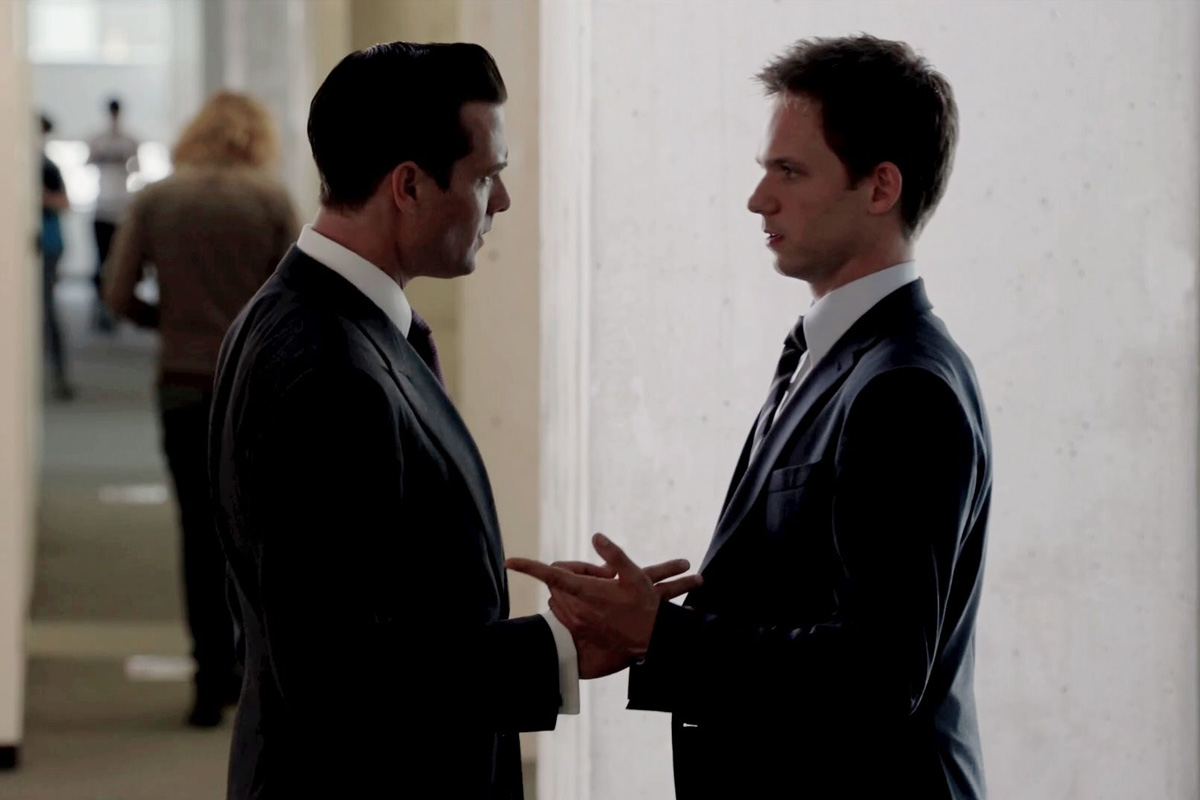While ‘Suits’ gained praise for its storytelling and charismatic characters — particularly Harvey Specter — it wasn’t without its fair share of inaccuracies. Here, we uncover five mistakes that went largely unnoticed and overshadowed by the show’s charm.
5. Harvey’s Incorrect Objections
‘Suits’ sometimes slips in its portrayal of legal procedures, especially in courtroom objections. An example takes place in Season 1, Episode 6, where Harvey objects to a cross-examiner for ‘leading the witness’ — a common and acceptable practice in cross-examinations. This procedural error isn’t seen in real-world legal practices.
4. Harvey And Mike Knew ‘Everything’ About Law

Harvey and Mike are depicted as legal jack-of-all-trades, handling numerous cases across various legal fields. However, in reality, lawyers, especially those in prestigious firms, specialize in specific areas of law. They don’t typically jump between different legal specializations like patent law, criminal cases, and corporate takeovers, as depicted in the series.
3. The Patent Lie

The show falters in its portrayal of patent law, like when Harvey instructs Mike to file for a patent. However, the legal reality is that only attorneys who have passed the federal patent bar exam and possess a scientific or technical background are qualified to file patents.
2. Junior Partner Error
A continuity error in Season 5, Episode 8, reveals the show’s lack of attention to detail. According to a Redditor, Mike’s office window displays his new title before he is officially told of his promotion to Junior Partner by Jessica Pearson. Although minor and partially hidden by the sunlight in the scene, this mistake contradicts the later reveal and is inconsistent with Mike’s character, who is famous for his observational skills.
1. Mike’s LSAT Scam
Mike Ross has a backstory of taking the Law School Admission Test (LSAT) for others to pay his bills. While this forms a critical part of the plot, it’s questionable whether it’s possible to repeatedly and successfully execute such a scam. Real-world security measures and identification protocols at testing centers make the likelihood of pulling off this scheme, especially multiple times, extremely slim.
















